Carl Benz was a German inventor who specialized in engine design and automotive engineering. His name is also known as Karl or Karl Friedrich Michael Vaillant, born on November 25, 1844, and passed away on April 4, 1929. He created something very important that is still used today – the first practical car that people could buy. This car was called the Benz Patent-Motorwagen, and it was made in 1885. What’s really cool about this car is that he got a patent for it just one year later, in 1886, which means it was officially recognized as his idea by the government.
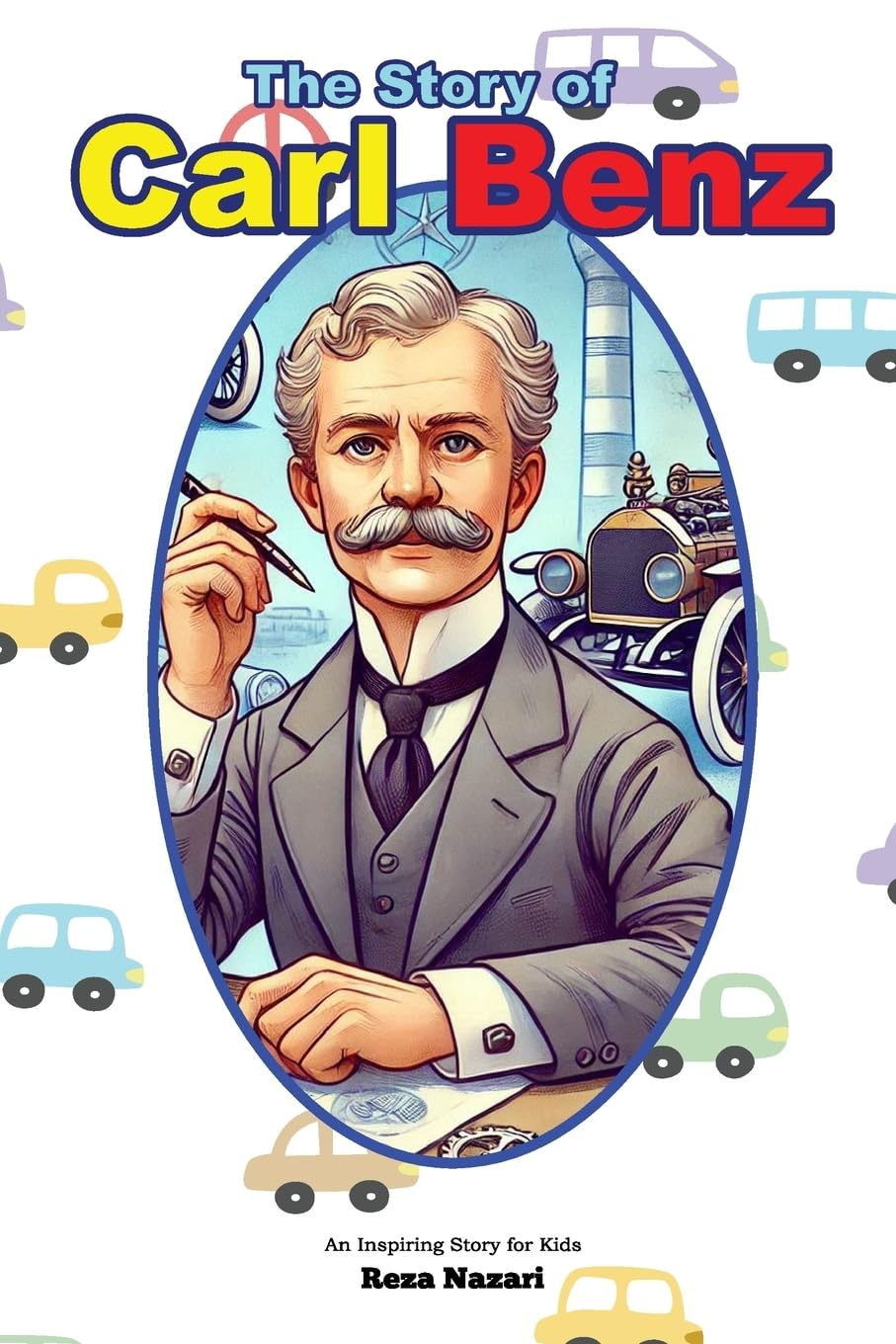
Benz & Cie., located in Mannheim, was the first car factory in the world and the biggest at that time. In 1926, Benz & Cie. joined with Daimler Motoren Gesellschaft to create Daimler-Benz, which makes many popular cars including Mercedes-Benz.
Benz is known for being one of the pioneers who helped create the first cars, and he’s also credited with starting the entire automotive industry.
Early Life Experience
At the age of 25, in 1869, Carl Benz was born.
Birth Details
Carl Benz was born as Karl Friedrich Michael Vaillant on November 25, 1844, in Mühlburg, which is now part of Karlsruhe, Baden-Württemberg, Germany. His mother’s name was Josephine Vaillant, and his father was a locomotive driver named Johann Georg Benz, whom she married shortly after.

Parental Change
After Carl’s birth, his family changed its name to “Benz” based on German law. However, when he was just two years old, tragedy struck – his father passed away due to pneumonia. To honor his father, Carl’s name was later changed to Karl Friedrich Benz.
Although his family struggled financially, Benz’s mother worked hard to provide him with a quality education. He went to the local school in Karlsruhe and was an exceptionally talented student. When he was nine years old, Benz enrolled at the Lyceum, a school that focused on scientific learning. After that, he attended the polytechnical school in Karlsruhe where his teacher was Ferdinand Redtenbacher. At first, Benz had planned to study locksmithing, but he ended up following in his father’s footsteps and studying locomotive engineering instead. In 1860, when Benz was just 15 years old, he took a test to get into the mechanical engineering program at the Karlsruhe polytechnical school. He eventually passed the test and went on to attend the school. After four years of study, Benz graduated in July 1864 at the age of 19.
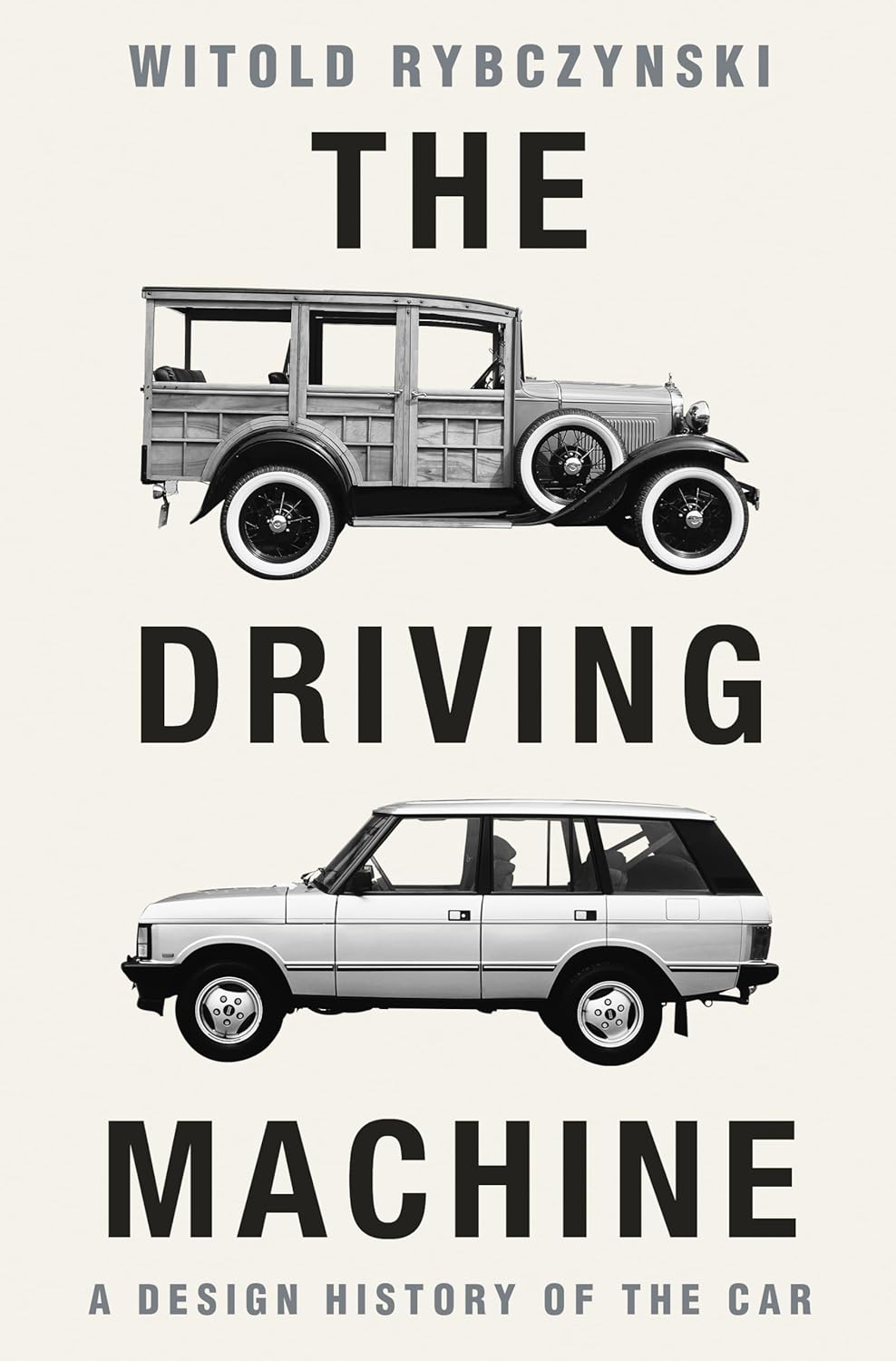
After completing his formal education, Benz underwent seven years of work experience in various companies, but unfortunately didn’t quite fit in anywhere. His first job was at a mechanical engineering firm in Karlsruhe where he worked for two years and did a range of different tasks. Next, he moved to Mannheim to work as an engineer and designer in a factory that made scales. In 1868, Benz took a new job in Pforzheim with the Gebrüder Benckiser Eisenwerke und Maschinenfabrik, which built bridges. He then spent a brief time working for another iron construction company in Vienna before moving on to his next opportunity.
Benz’s first factory and early inventions (1871–1882) At just 27 years old in 1871, Benz became a partner with August Ritter to start the Iron Foundry and Mechanical Workshop in Mannheim, which later turned into Factory for Machines for Sheet-metal Working.
The first year of the enterprise was a disaster. The person in charge, Ritter, turned out to be untrustworthy, and all the business equipment was taken away. Things looked very bleak at that point. However, things started to look up when Bertha Ringer, the fiancée of Benz, bought out Ritter’s part of the company using her own money from her dowry.
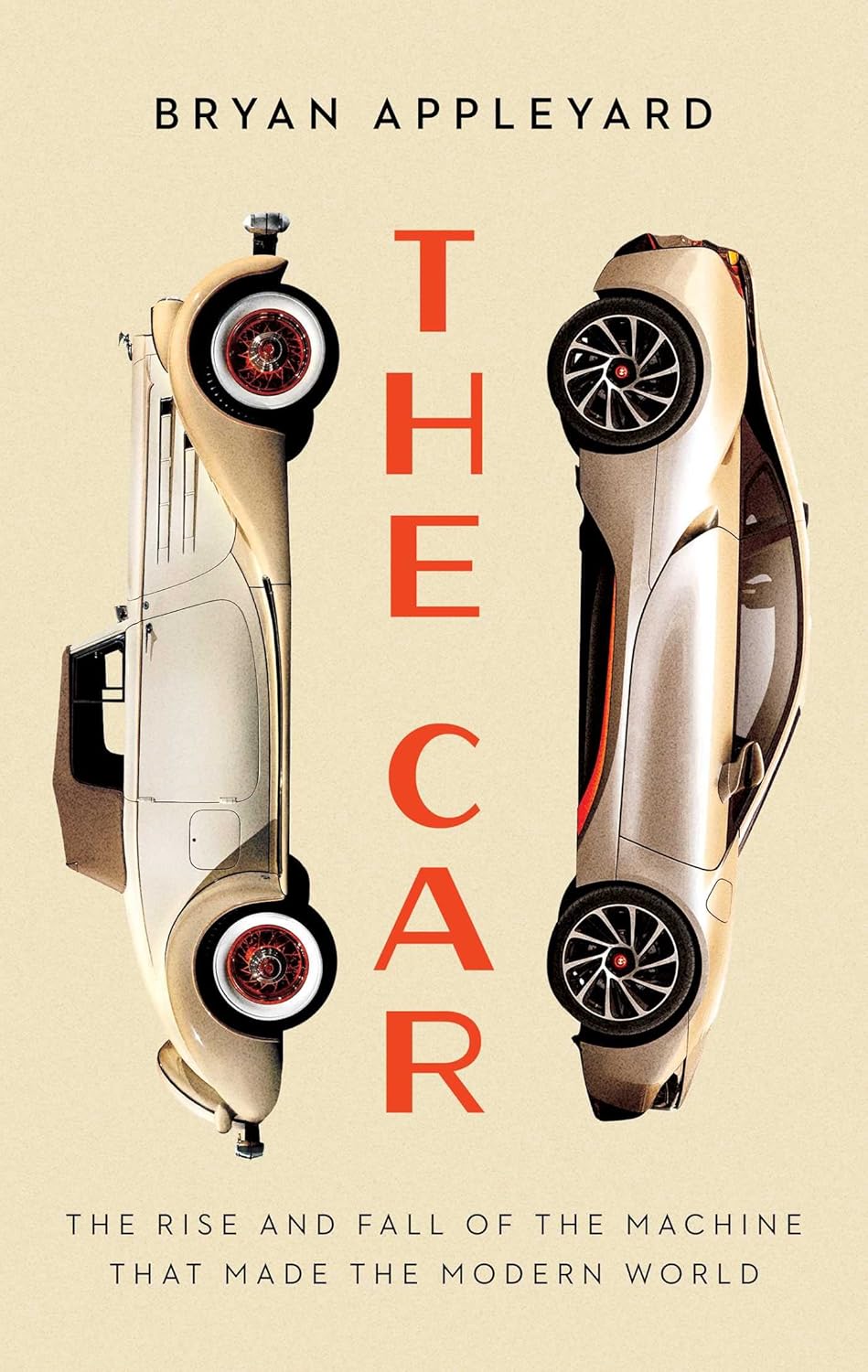
On July 20, 1872, Benz and his wife Bertha got married. They had five kids together: Eugen born in 1873, Richard in 1874, Clara in 1877, Thilde in 1882, and Ellen in 1890.
Even though the company faced financial struggles, Benz was still able to make significant progress in engine development at the factory he owned with his wife. To increase profits, he started working on new patents in 1878. Initially, he focused on creating a durable gasoline two-stroke engine. After finishing his two-stroke engine by December 31, 1879, Benz was awarded a patent for it on June 28, 1880.
While creating his new two-stroke engine design that would become a standard, Benz invented several important features. He patented the system for controlling speed, a method of igniting the engine with sparks from a battery, a spark plug, a device called the carburetor, a mechanism for shifting gears without using brakes, and a cooling system for water to help keep the engine running smoothly.
Benz’s gasoline engine factory in Mannheim faced problems when the banks in the area demanded that he take his business public because it was too expensive to run. To get more financial help, Benz had to join forces with photographer Emil Bühler and his brother, who ran a cheese shop. This partnership helped him secure additional bank funding.
After completing all the necessary partnership agreements, Benz felt disappointed because he owned only five percent of the company and had a relatively small role as director. What was even more frustrating was that his ideas weren’t taken into account when new products were created, so he decided to leave the corporation just one year later, in 1883.
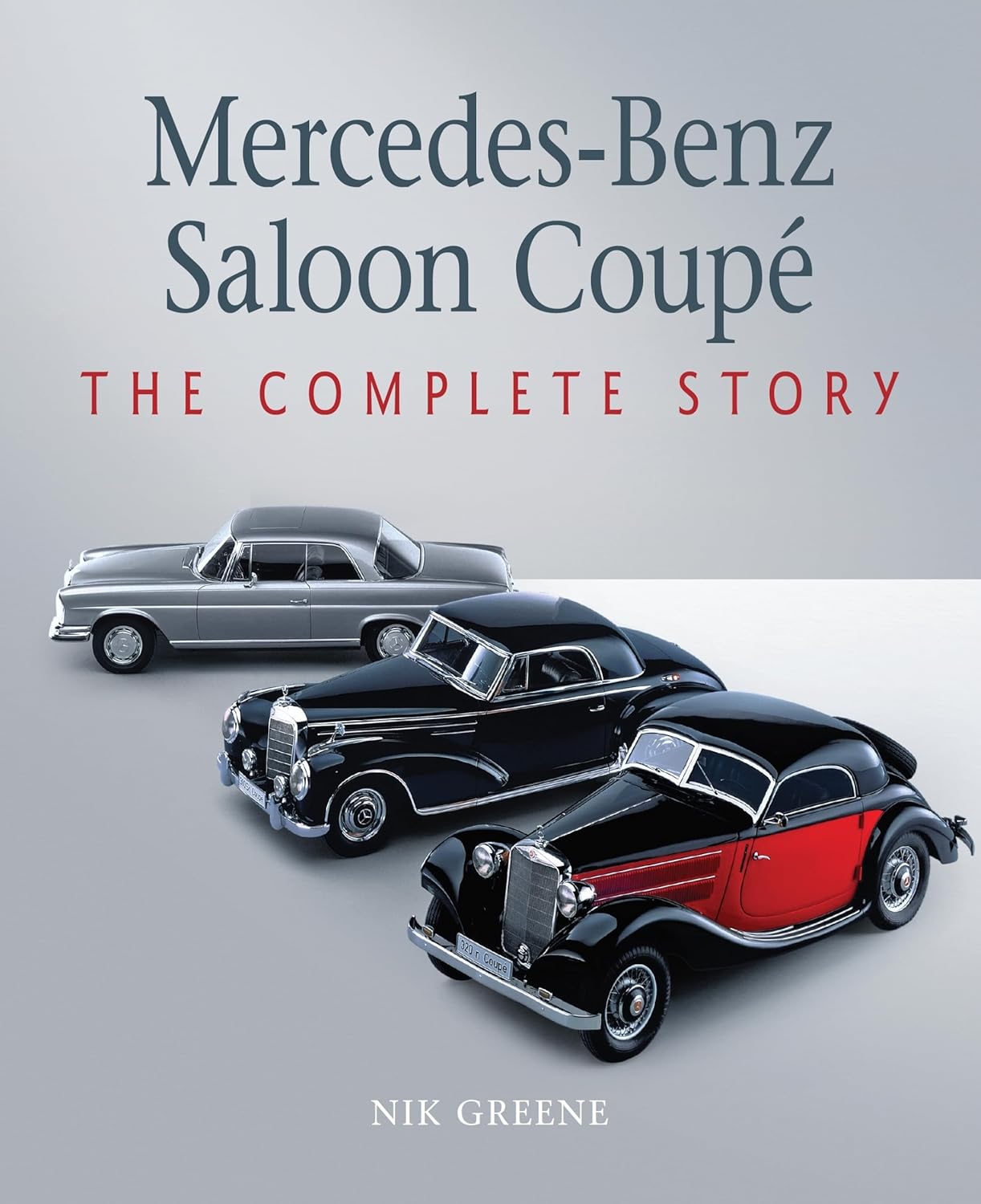
Karl Benz’s company, known as Benz and Co., created an exact replica of its original invention from 1885.
The Engine of the First Car The official permission to drive the first car, built by Karl Benz, on public roads was given by the Großherzoglich Badisches Bezirksamt on August 1, 1888.
Benz’s passion for fixing bikes took him to a repair shop in Mannheim owned by Max Rose and Friedrich Wilhelm Eßlinger. In 1883, the three started a new company that made machines for other companies: Benz & Companie Rheinische Gasmotoren-Fabrik, which is often just called Benz & Cie.
The company grew fast and soon had 25 employees. It then began making special engines that stayed still, in addition to its gas engines.
After achieving success with his company, Karl Benz got to pursue his long-held dream of building a horseless carriage. Drawing from his experience with and affection for bicycles, he applied similar technology to create an automobile that was unique in its time. Unlike traditional carriages, Benz’s vehicle had wire wheels instead of wooden ones, powered by a four-stroke engine designed entirely by him. Additionally, it featured advanced coil ignition and cooling methods rather than relying on a radiator. The power was delivered through two roller chains connected to the rear axle. After completing his invention in 1885, Benz named it “Benz Patent-Motorwagen”.
The first motorized vehicle, called the Motorwagen, was given a patent on January 29, 1886, as DRP-37435: “a car powered by gasoline”. In 1885, this early model had trouble staying under control, resulting in a crash into a wall during a public test. Later that summer, Karl Benz conducted the first successful tests of his vehicle on regular roads. On July 3, 1886, Benz publicly drove his car for the first time in Mannheim at a speed of about 10 miles per hour. The following year, Benz created a new model with several changes, and in 1889, he introduced the final version, Model 3, which featured wooden wheels. This vehicle was showcased at the Paris Expo in the same year, demonstrating its capabilities to the public.
Karl Benz started selling his invention (calling it “Benz Patent-Motorwagen”) during the late summer of 1888, marking the first time an automobile was available for sale. The second person to buy one of these vehicles was Emile Roger, a bicycle maker from Paris who had already been making engines under agreement with Benz for several years. Roger added the new automobiles (many built in France) to his stores in Paris and initially sold most of them there.
The first model of the Motorwagen, built in 1888, had only two gears and couldn’t go uphill without help. This problem was solved after Bertha Benz took one of these vehicles on a long trip and suggested to her husband that they add a third gear to make it easier to climb hills. During this journey, she also came up with the idea for special pads to stop the car when needed.
Bertha Benz was the first person to take a road trip from one place to another. She did this back in 1888 using her car, which was then called a “Benz Patent-Motorwagen.” The car had three numbers on it: Number 3.
The first long-distance car trip took place on August 5, 1888, when Bertha Benz traveled over 106 kilometers (or sixty miles) using her husband’s Model 3 car. Bertha made this historic journey without Karl knowing about it, but she did take their two sons with her – Eugen and Richard – as passengers. During the trip from Mannheim to Pforzheim to visit her mother, Bertha faced a big challenge: finding places where she could refuel along the way. She also had to deal with some mechanical problems, like faulty brakes, which made driving difficult down steep hills. To fix this issue, Bertha asked a shoemaker to attach leather to the brake blocks. After a long day of driving, they finally arrived at night, and Karl learned about their successful trip by telegram. This was just what Bertha had planned all along: to show that her car could be used for traveling and to get attention through word-of-mouth advertising, now known as “live marketing.” In Germany, every two years, people celebrate this milestone with a fun antique car rally.
In 2008, the Bertha Benz Memorial Route was officially recognized as an important path in human history’s industrial heritage because it follows the original course taken by Bertha Benz during her groundbreaking automobile journey in 1888. Today, people can follow this route on foot and bike along a marked 194-kilometer path from Mannheim to Heidelberg and then back to Pforzheim, which is part of the Black Forest region. The return trip took a slightly different route that didn’t pass through Heidelberg, as shown on the maps for the Bertha Benz Memorial Route.
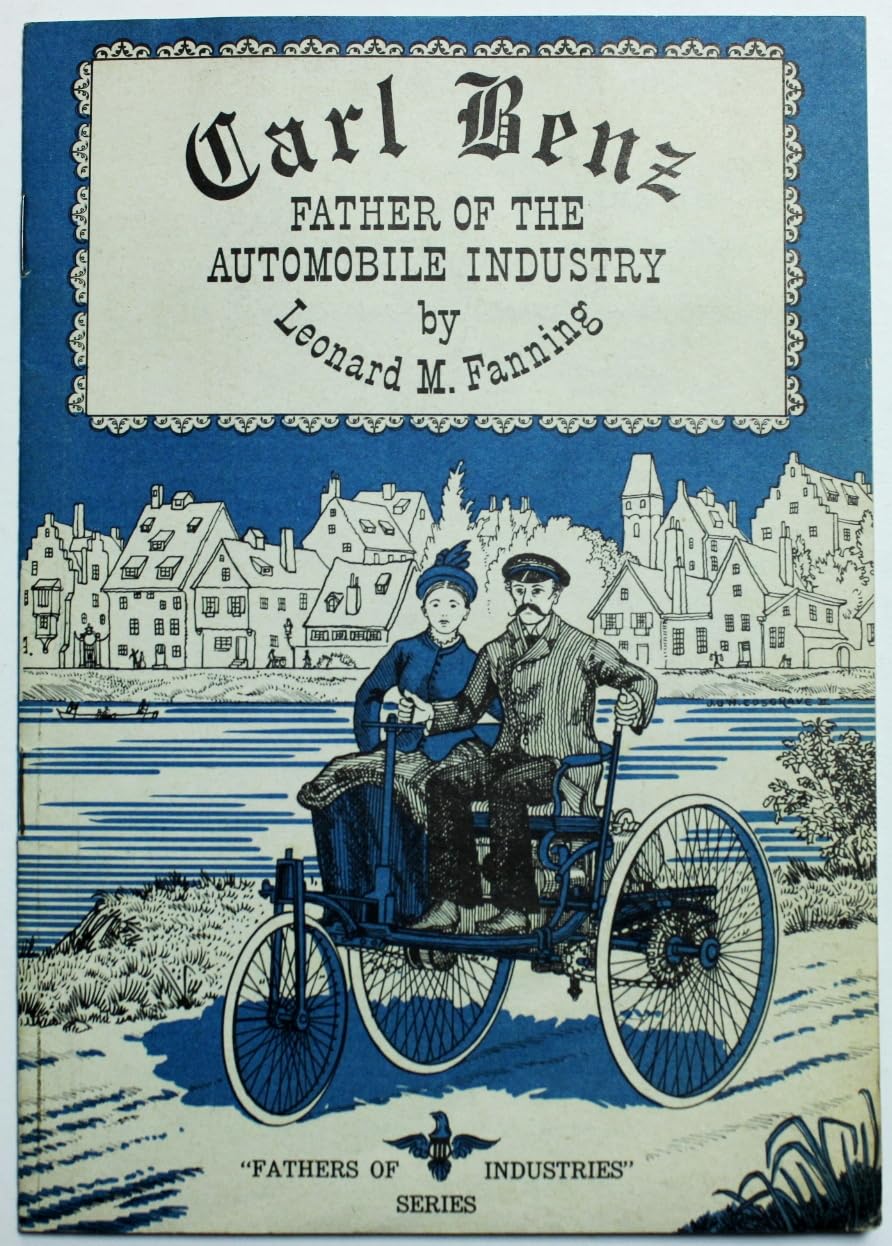
Benz’s first mass-produced car, the Model 3, made its big appearance at the 1889 World’s Fair in Paris. Between 1886 and 1893, more than twenty-five vehicles were created for this event.
Benz & Co. was growing rapidly and expanding its business. The company had originally used this name when it started producing bicycles, but later switched to making cars. When they began manufacturing vehicles, the name “Benz & Co.” appeared on their early automobiles.
Henry Benz created the first mass-produced car called the Velo in 1894, which marked a major milestone in automotive history.
Bertha Benz, along with her husband, took a ride in a Benz Victoria, model 1894 – it was the first bus powered by an internal combustion engine ever built: the Benz Omnibus, constructed in 1895 for the Netphener bus company.
Because so many people wanted static engines that didn’t move, Bertha’s husband had to build a bigger factory. This new building on Waldhofstrasse opened in 1886 and stayed there until 1908. During this time, Bertha’s company grew from having just 50 workers in 1889 to 430 by 1899.
In the late 1800s, Benz became the biggest car maker globally, producing 572 vehicles in 1899.
In 1899, Benz & Cie. changed into a company with many owners when two new leaders joined the team: Friedrich von Fischer and Julius Ganß. They became part of the board that made important decisions for the company. Ganß worked in the part of the business where they try to sell cars, which is similar to what companies do today to market their products.
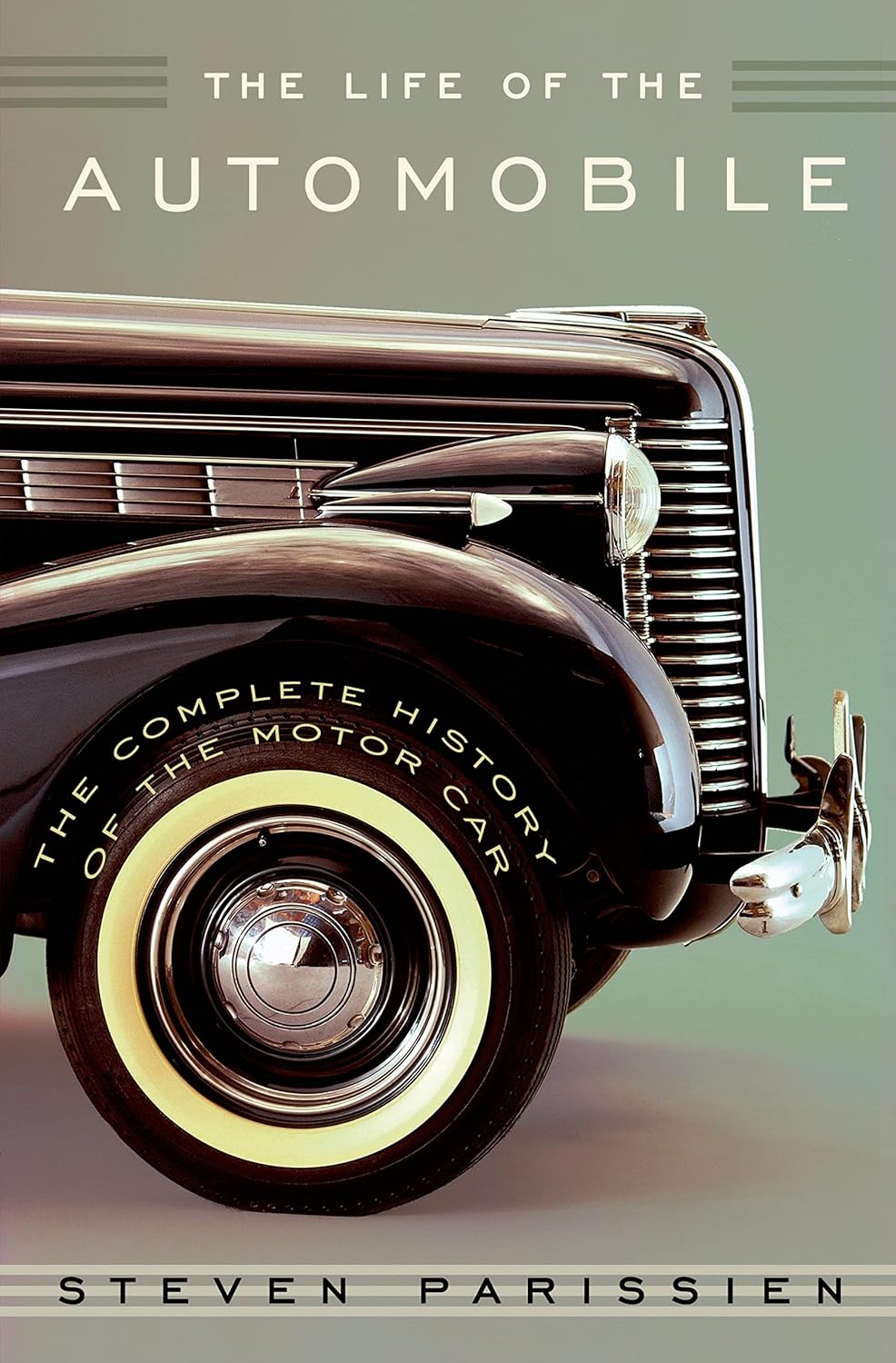
The new directors suggested that Benz create an affordable car that could be made on a large scale. Between 1893 and 1900, Benz produced a small two-seat vehicle with a 2.2 kilowatt engine that had a top speed of 11 miles per hour. This car was special because its front axle turned using a lever connected to a chain. In 1893, it was successful, selling 85 units, and later came in a version for four people with seats facing each other, called the “Vis-à-Vis”.
Between 1894 and 1902, Benz created over 1,200 vehicles that many people think were the first cars made on a large scale, called the Velocipede. Later known as the Benz Velo, these early models had a small engine that produced just 1 horsepower. A few years later, a more powerful version of the same engine was added, giving it even more power and increasing its top speed to about 12 miles per hour.
The Velo team took part in the very first car race around the world, which was held from Paris to Rouen in 1894. Émile Roger finished 14th place overall, after driving his car for 10 hours and 1 minute to cover a distance of 126 kilometers. During this time, he averaged an impressive speed of 12.7 kilometers per hour.
In 1895, Karl Benz created the first vehicle that carried heavy loads and used an engine powered by burning fuel, which was a major milestone in transportation history. Around the same time, Benz also developed the first buses that ran on engines to be used for public transport, specifically designed for the Netphener bus company.
The Benz “Velo” model presentation in London 1898 revealed an innovative flat engine design. In 1896, Karl Benz received a patent for his groundbreaking creation, which featured horizontally opposed pistons that moved together to balance their momentum. This unique design, known as a “boxer engine,” became popular among motorcycle manufacturers and is still used today by companies like Porsche and Subaru. The BMW Motorrad model is perhaps the most famous example of this design, but other well-known brands include Victoria, Harley-Davidson XA, Zündapp, Wooler, Douglas Dragonfly, Ratier, Universal, IMZ-Ural, Dnepr, Gnome et Rhône, Chang Jiang, Marusho, and Honda Gold Wing.
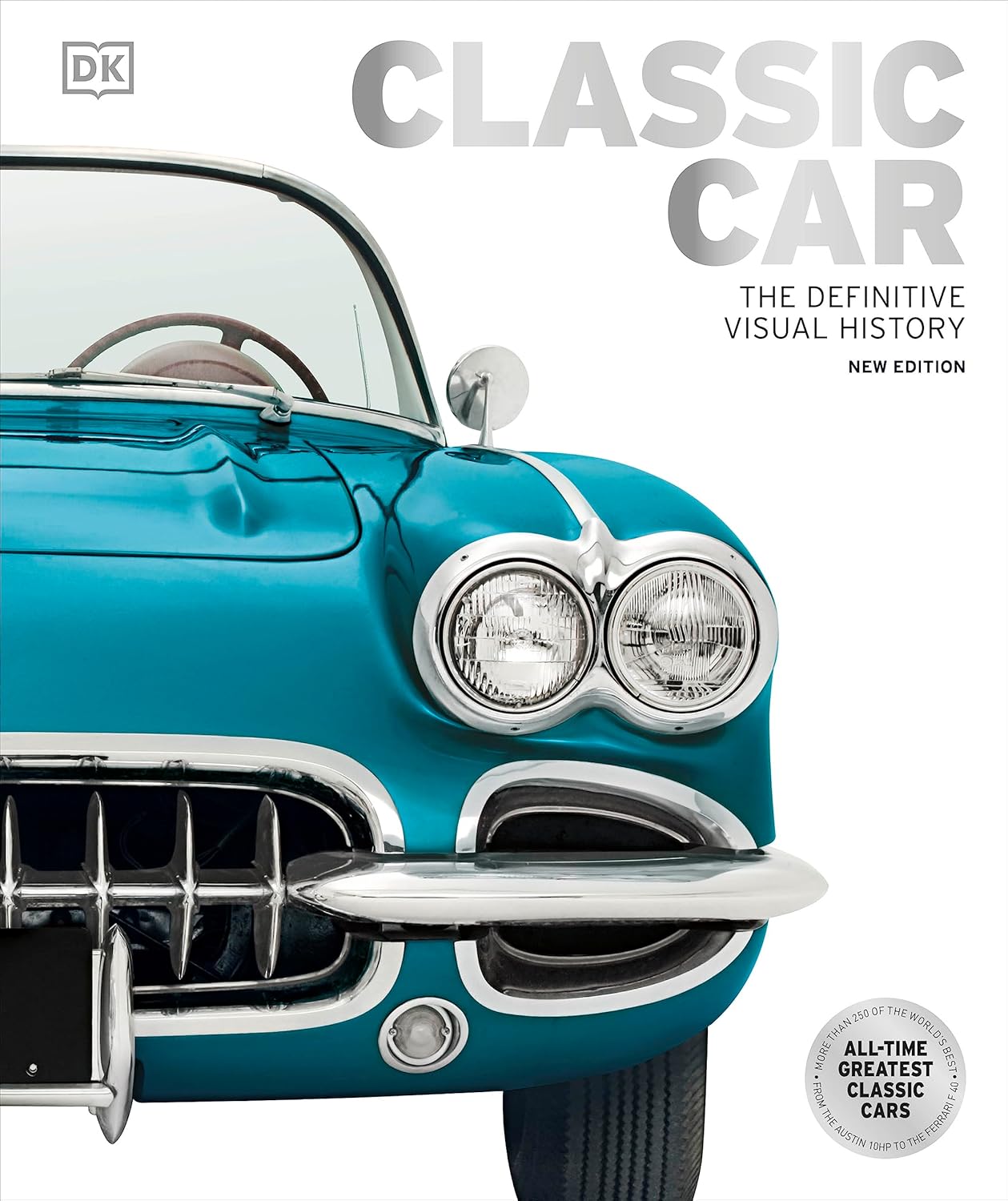
Although Gottlieb Daimler passed away in March 1900, there’s no evidence that Karl Benz and Daimler ever met or even knew about each other’s early achievements. However, as time went on, the rivalry with Daimler Motoren Gesellschaft (DMG) from Stuttgart started to threaten Benz & Cie.’s leadership. In October 1900, DMG’s main designer, Wilhelm Maybach, built a revolutionary engine that would later become a part of the Mercedes-35hp model in 1902. This engine was created according to Emil Jellinek’s specifications under an agreement where he would buy thirty-six vehicles with the engine and become the exclusive dealer for this special series. Jellinek wanted the new engine to be named Daimler-Mercedes, after his daughter. Maybach left DMG in 1907 but remained involved in designing the model and making crucial changes. After testing, the first Mercedes was delivered to Jellinek on December 22, 1900. Throughout the next few years, Jellinek continued to suggest improvements to the design, which ultimately led to great success on the racing track. This triumph encouraged DMG to start mass-producing cars commercially in 1902.
To respond to Benz’s new car, Parsifal was introduced in 1903 with an unusual engine design that allowed it to reach speeds of up to 60 kilometers per hour (37 miles per hour). Later, without getting permission from Benz first, some other directors brought in French designers.
France was known for having a big car factory built around Maybach’s inventions. As a result, after some tough negotiations, Benz decided to step down from leading design at the company on January 24, 1903. Even though he wasn’t in charge of designing cars anymore, he stayed as head of the board until the company merged with DMG in 1926 and again when it became Daimler-Benz Corporation until his passing in 1929.
In 1903, Eugen and Richard Benz, the sons of Carl Benz, parted ways with their company, Benz & Cie. However, two years later, in 1904, Richard decided to come back to the business as the head designer for passenger vehicles.
In that year, Benz & Cie. sold 3,480 cars, and it continued to be the biggest car maker.
While working as a director of Benz & Cie., Carl Benz also started another company called C. Benz Söhne with his son Eugen. This private company specialized in making cars, and it was kept within the family. The company used Carl’s first name’s initial as its brand name – just the first letter “C”.
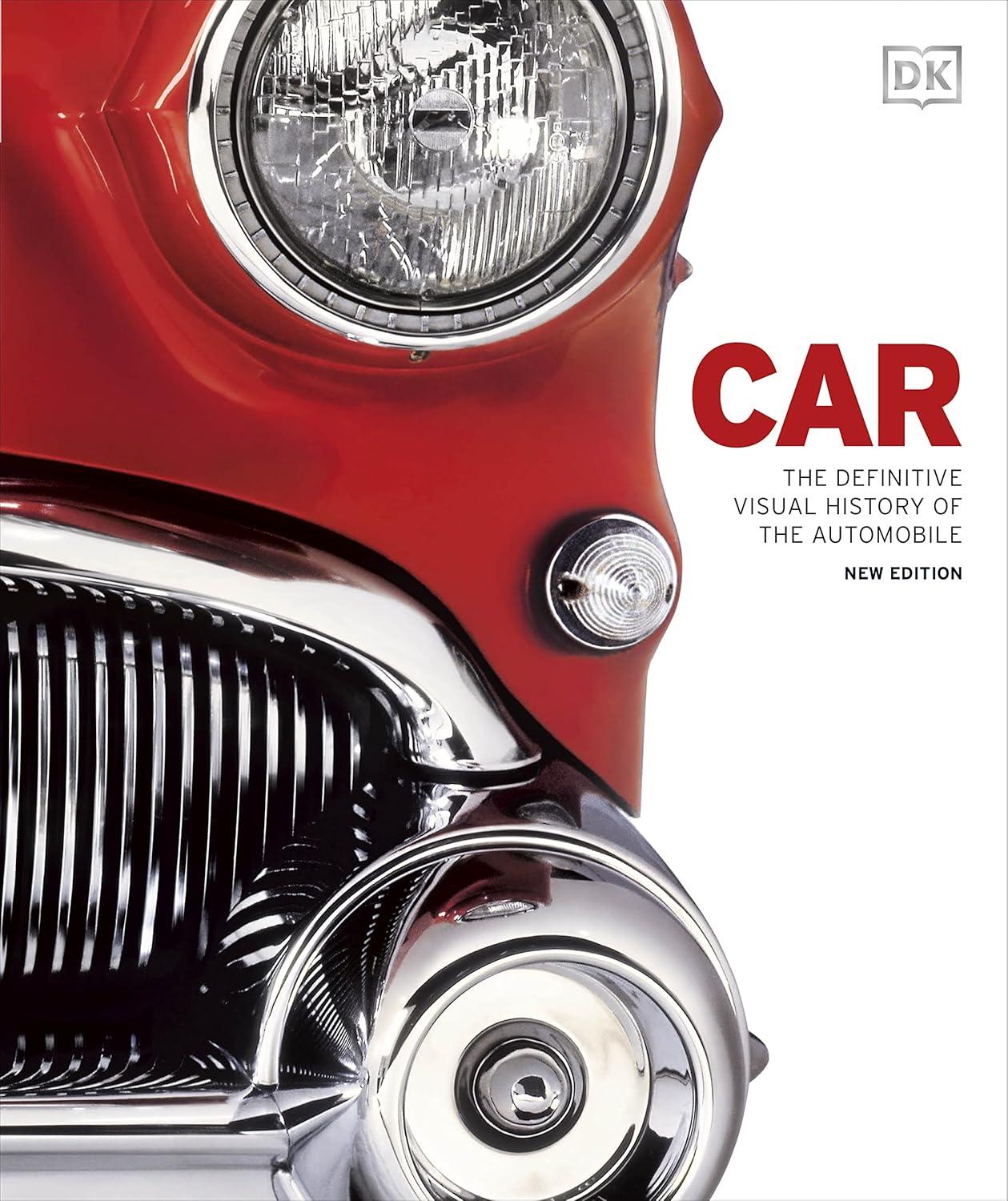
In 1909, the Blitzen Benz was built in Mannheim by Benz & Cie., a company that held the record for fastest land speed at that time. The car featured a powerful engine with a large capacity and impressive horsepower, which allowed it to reach incredible speeds. On November 9th of that year, driven by Victor Hémery from France, the Blitzen Benz set a new record of 226.91 km/h (141.00 mph) at Brooklands in England. At that moment, this vehicle was considered the fastest on land, outrunning planes, trains, and automobiles, a feat that remained unmatched for ten years by any other car. The Blitzen Benz’s remarkable achievement made it popular worldwide, with its owners taking it to several countries including the United States, where they set multiple records for this incredible speed.
The company Benz Söhne was active from 1906 to 1923. It used a logo with laurels for its cars that came after 1909, along with the name Benz & Cie.
In 1912, the Bond of the Benz & Co. was issued. Carl and Bertha Benz founded their son Eugen’s future business with them in the early 1920s. The family moved about 6 miles east of Mannheim to a nearby town called Ladenburg. They started their own company called C. Benz Sons, which produced cars and gasoline engines. However, due to not enough demand for gasoline engines, they switched to making petrol engines instead.
The company’s logo appeared on family-owned vehicles in production. Unlike other companies, it never went public with stock sales. Instead, it created its own car line independently from Benz & Cie., which was based in Mannheim. The cars made by the Benz Sons were well-made and became a hit in London as taxis.
In 1912, Karl Benz got rid of all his shares in his son’s company, Benz Sons, which was run by him since it belonged to his family in Ladenburg. After that, he stepped down from running the business and handed it over to his sons Eugen and Richard, but he stayed on as a director for another company called Benz & Cie.
On November 25, 1914, when he was seventy years old, there was a big party in honor of him back in his hometown of Karlsruhe. During this celebration, an important university honored him by giving him a special degree – making him officially known as Dr. Ing. h. c. Benz.
From the start of car production, racing became an essential way for manufacturers to gain attention. Initially, the cars themselves were raced, and in 1894, the Benz Velo participated in the first big automobile race from Paris to Rouen. As companies invested more in building special racing cars, they started making money by selling their vehicles to fans who wanted a piece of the action. At that time, car manufacturers created some really cool and unique vehicles, like the Tropfenwagen, which had a teardrop-shaped body designed to cut through the air at high speeds. This innovative design was first tested at the European Grand Prix in 1923 at Monza.

In the final year of operation for the Benz Sons company in 1923, the factory produced 350 vehicles. The following year, 1924, Benz created two more cars with an 8/25 horsepower rating, designed specifically for his personal use and never sold. These remaining vehicles were preserved.
In 1926, Carl Benz’s home was relocated to Ladenburg, Baden-Württemberg, where it now serves as the foundation for the Gottlieb Daimler and Carl Benz Foundation.
As the economy in Germany struggled, car production began to decline. In 1923, only 1,382 vehicles were made by Benz & Cie. in Mannheim, while DMG produced just 1,020 cars in Stuttgart. The rising inflation rate had raised the cost of an automobile to a staggering 25 million marks.
Despite this challenging time, negotiations between the two companies resumed and they signed a landmark agreement in 1924 that was set to last until the year 2000. This partnership allowed both firms to work together more closely on design, production, purchasing, sales, and advertising – but each company retained its own brand identity.
On June 28, 1926, Benz & Cie. and DMG combined into one company called Daimler-Benz. They decided to call all their cars Mercedes-Benz, in honor of the first car made by DMG, the Mercedes 35 hp model from 1902. The name “Mercedes” was chosen for Mercédès Jellinek, a young girl who was the daughter of Emil Jellinek. Her father had helped create the new car, and he had worked at DMG’s board of directors from 1900 to 1909.
Benz remained a member of the new Daimler-Benz board of management for the rest of his life. A fresh logo was designed in 1926, featuring a three-pointed star that symbolized the company’s motto (“cars for land, air, and water”). This new logo blended with the traditional laurels from the original Benz emblem and featured the name Mercedes-Benz on all automobiles. The model names followed the same pattern as it does today.
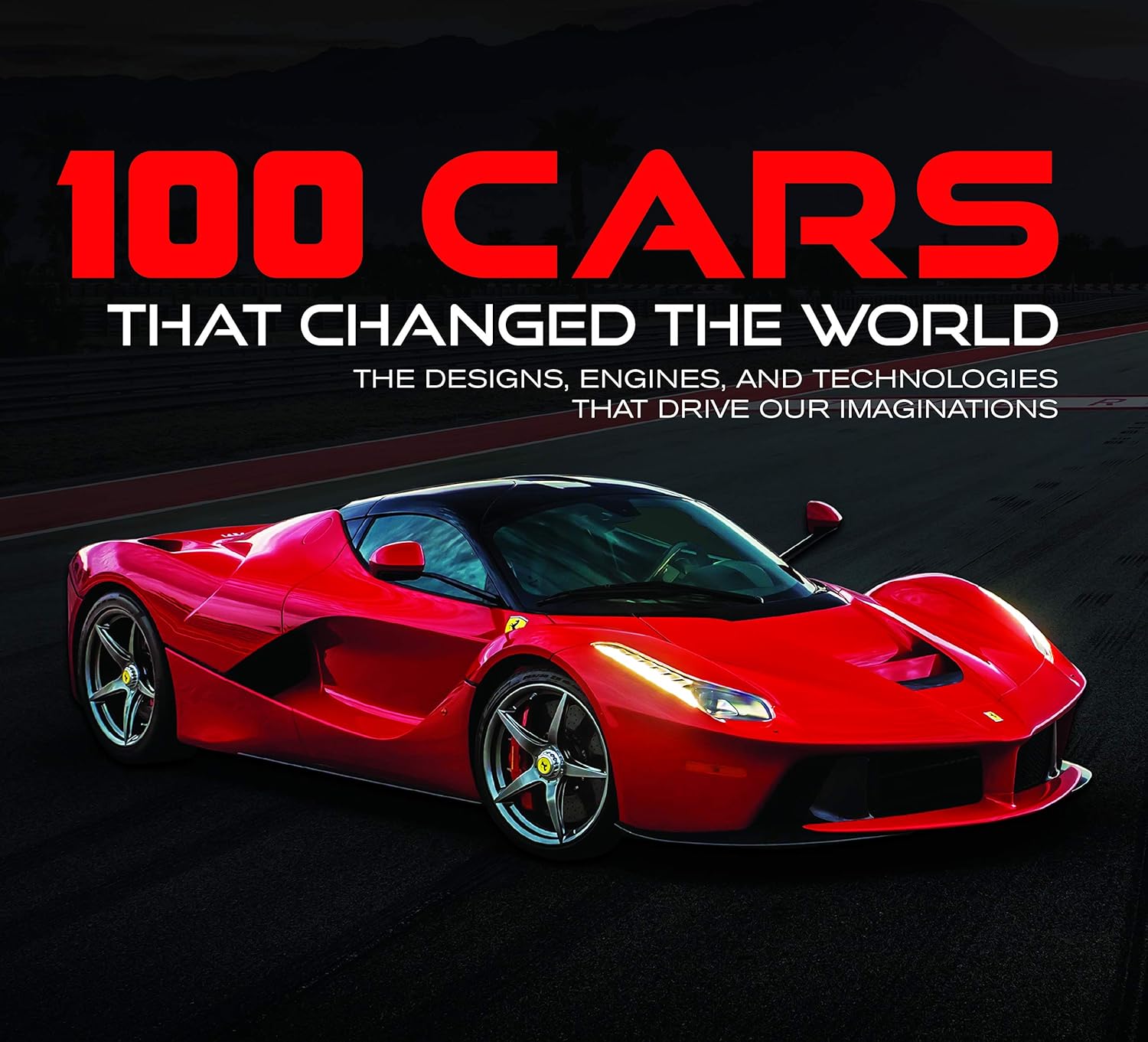
In 1927, the company saw a huge increase in sales, with 7,918 units sold. At the same time, they started producing diesel-powered trucks. The following year, 1928, brought another exciting announcement: the Mercedes-Benz SSK was introduced to the market.
On April 4, 1929, Karl Benz passed away at his home in Ladenburg when he was 84 years old due to an inflammation of his airways. Bertha Benz continued to live in their last house until May 5, 1944, when she also died. After that, her family members stayed there for thirty more years. Today, the Benz home has been recognized as a historic site and is now used by a non-profit organization called the Gottlieb Daimler and Karl Benz Foundation, which holds scientific meetings.
As an Amazon Associate, I earn from qualifying purchases.
- 19th Century (16)
- 19th Century Inventors (16)
- 20th Century (1)
- 20th Century Inventors (1)
Leave a Reply